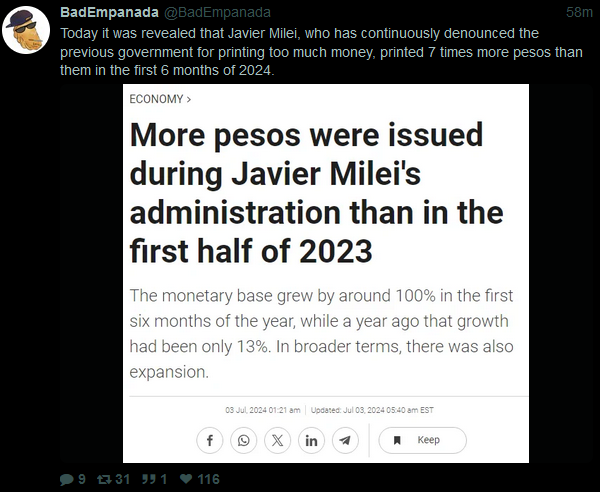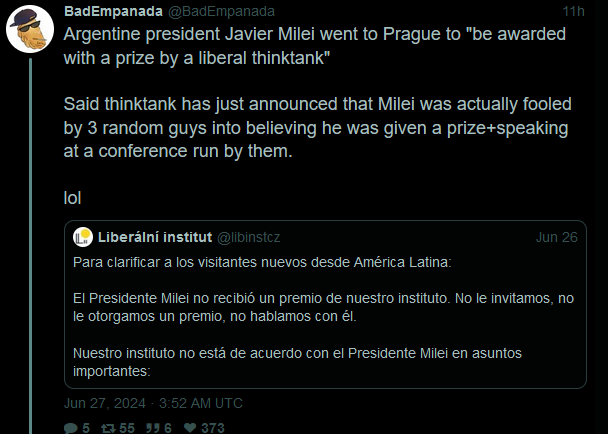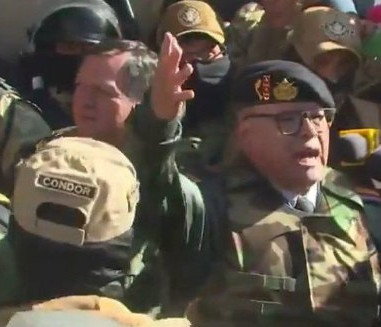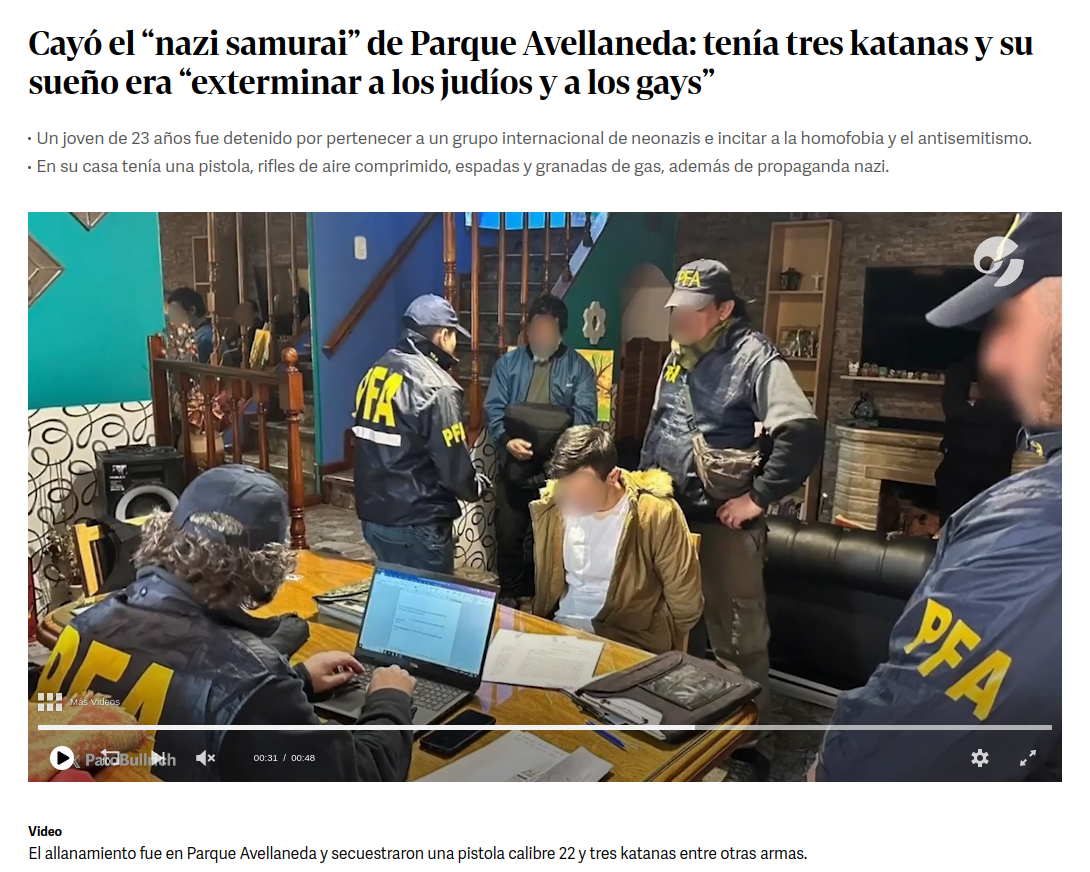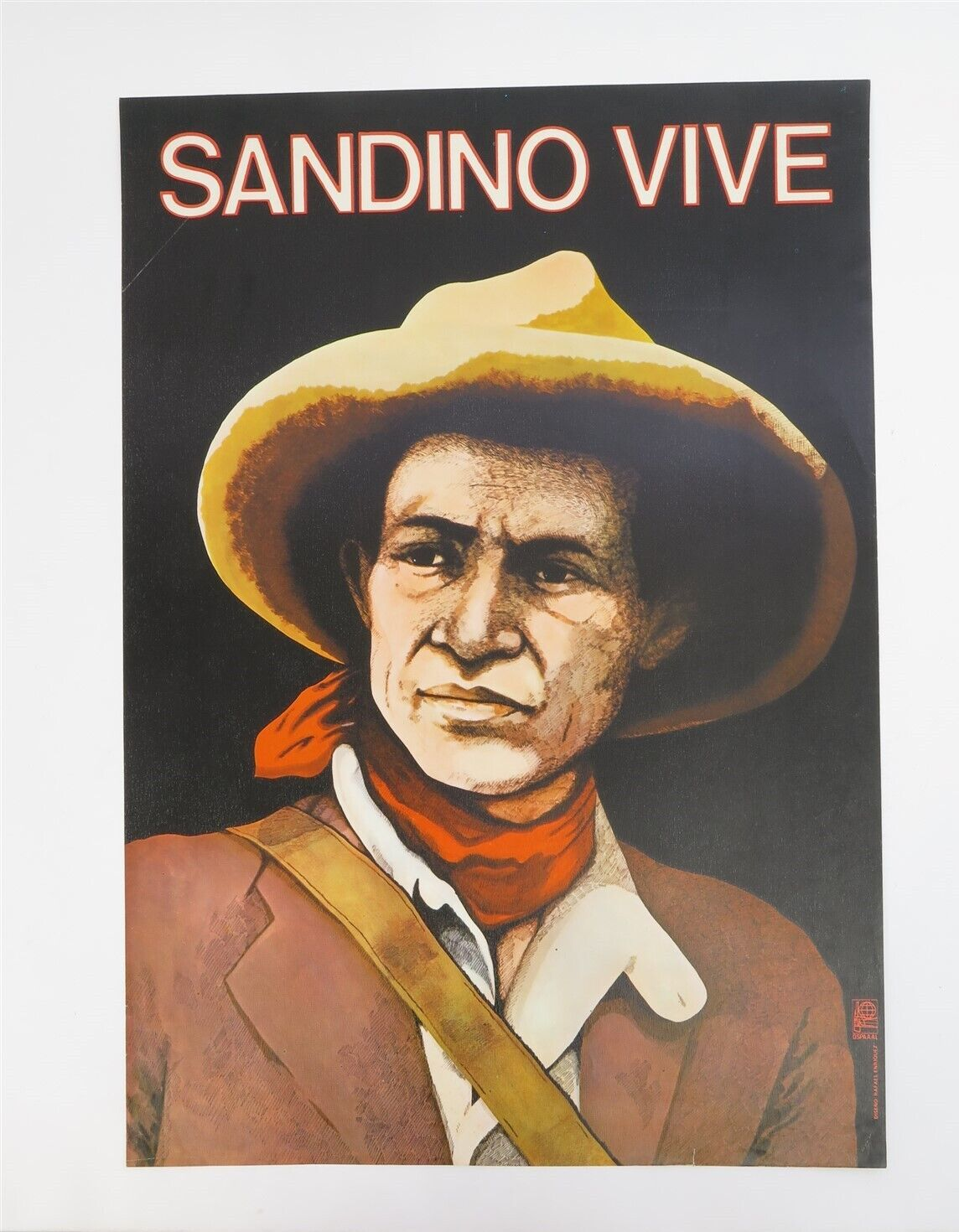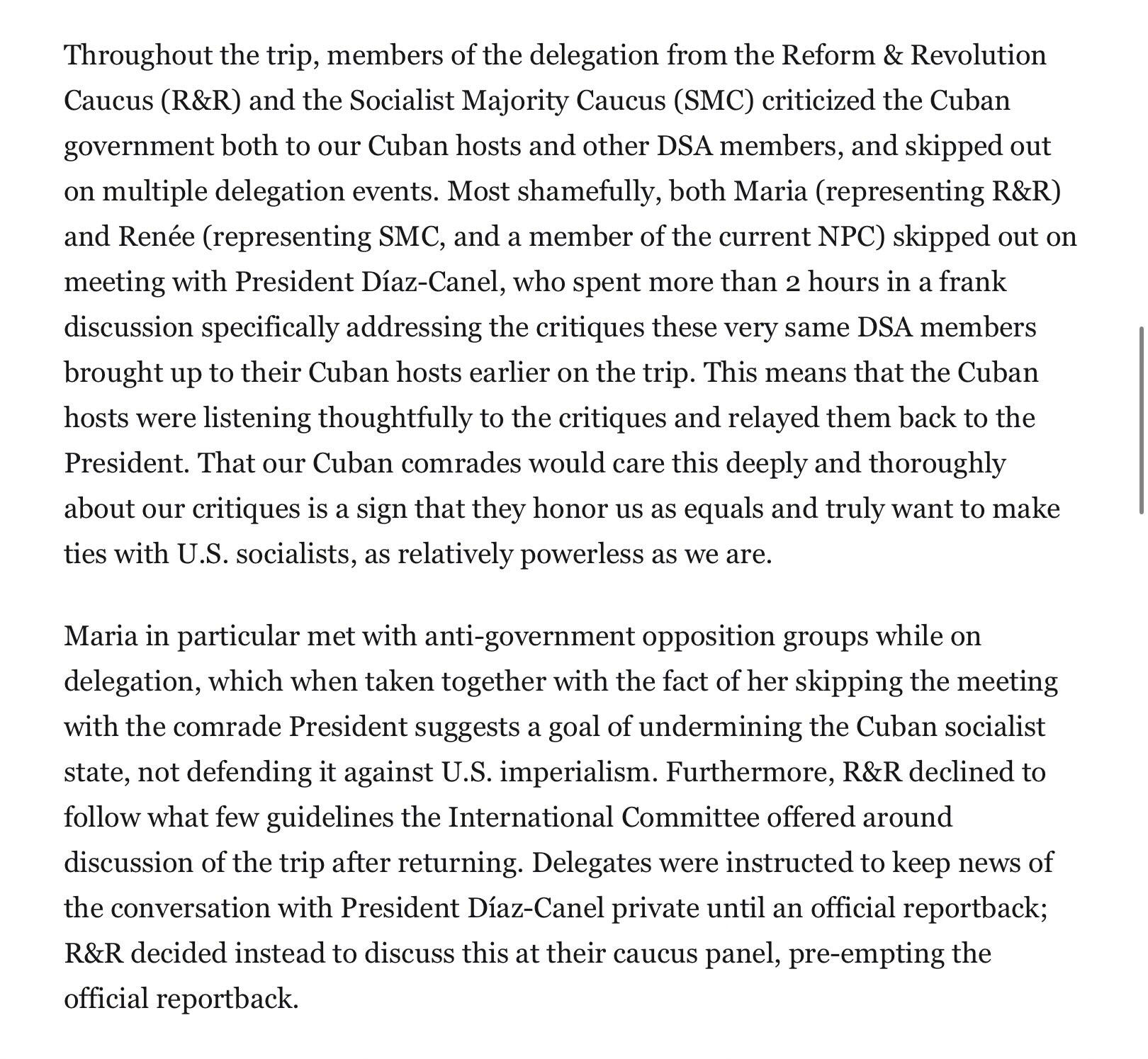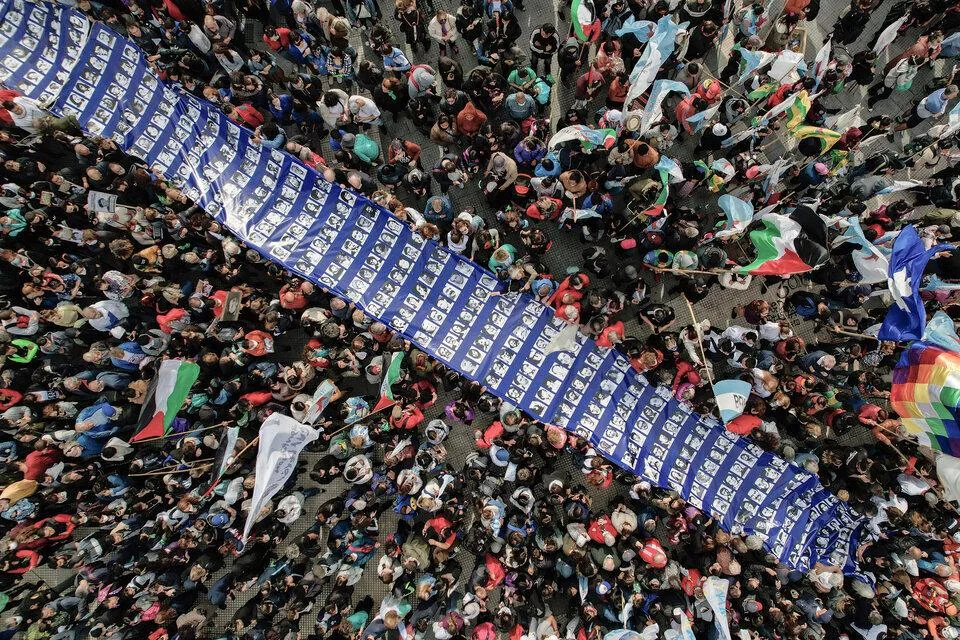He was born on June 26, 1908, in Santiago. He was the son of Salvador Allende Castro, lawyer and notary and Laura Gossens Uribe. His sister, Laura Allende, was a congresswoman between 1965 and 1973; his niece, Denise Pascal Allende, was a socialist congresswoman; and his granddaughter, Maya Fernández Allende, was a congresswoman and is currently Minister of National Defense.
In 1940 he married Hortensia Bussi Soto. He was the father of three daughters: Carmen Paz, Beatriz, office secretary during his presidency, and Isabel, socialist senator.
He attended primary and secondary school at the Instituto Nacional and the Tacna and Valdivia High Schools. He finished his humanities at the Liceo Eduardo de la Barra in Valparaíso.
In 1926 he did his military service in the Coraceros Regiment of Viña del Mar. That same year he entered the Faculty of Medicine of the University of Chile, where he graduated as a surgeon in 1932. His dissertation was entitled: "Mental Hygiene and Delinquency".
At the same time, he worked as assistant professor of Anatomy at the School of Medicine and the Dental School, both at the aforementioned university.
He practiced as a physician and anatomo-pathologist at the Casa de Orates and at the Public Beneficence. Between 1932 and 1936 he was a physician at the Asistencia Pública de Valparaíso and an anatomo-pathologist at hospitals in Puerto Montt. Also, between 1935 and 1936 he was the official reporter of the Medical Congress of the Municipality of Viña del Mar and presided over the Pan-American Medical Conference.
During his university days, he was president of the Center of Students of Medicine and of the Federation of Students of Chile. Later, he was director of the group "Avance".
In 1933 he participated in the founding of the Socialist Party of Chile, in which he remained all his life. Between 1937 and 1939 he was regional secretary of Valparaíso. In the parliamentary elections of 1937 he was elected deputy.
Between September 28, 1939 and October 23, 1941, and between December 15, 1941 and April 7, 1942, he was Minister of Health, Welfare and Social Assistance during the government of Pedro Aguirre Cerda. In 1942, after finishing his ministerial work, he joined the Caja de Seguro Obligatorio, where he became vice-president and administrator.
Between 1943 and 1944, as secretary general of the Socialist Party, he had to face divisions within the party. As a result, he sought to form a permanent alliance with the Communist Party of Chile, which was first raised within the PS.
He was elected senator in the parliamentary elections of March 1945, a position to which he was reelected in 1953, 1961 and 1969, completing a parliamentary career of nearly thirty years.
In 1946, in the context of the division of socialism, he joined the Popular Socialist Party. However, between 1950 and 1951 he returned to the Socialist Party of Chile. The union of this party with the Communist Party -excluded from its legal existence as a result of the Law of Permanent Defense of Democracy-, gave way to the foundation of the People's Front.
In the 1952 presidential elections he was a presidential candidate for the first time, sponsored by the People's Front, obtaining 5% of the votes. That election was won by Carlos Ibáñez del Campo.
In 1956 he participated in the formation of the Popular Action Front (FRAP), an alliance of left-wing parties that lasted eight years, until 1964. He was its first president. For the 1958 presidential elections, the FRAP presented him as a candidate. However, he was not elected, although he obtained second place in that vote, with 28.8% of the votes, and Jorge Alessandri Rodríguez was elected.
Six years later, in the 1964 presidential elections, he was again a candidate supported by the FRAP. However, he was defeated by Eduardo Frei Montalva, although he obtained almost 39% of the votes.
He was president of the Senate between 1966 and 1969, and in 1969 he was one of the founders of the Unidad Popular (UP), a political alliance that brought together the entire left, plus center forces.
Presidency of the Republic
He was elected President of the Republic on September 4, 1970. In the 1970 presidential elections, he obtained 36% of the votes, so he had to be ratified by the Plenary Congress, which had to choose between the two highest majorities: Salvador Allende Gossens and Jorge Alessandri.
He achieved the definitive triumph thanks to the intervention of the Christian Democracy, which had the majority in Parliament. This party agreed to support him as long as the elected president and the parties representing his candidacy accepted the signing of a Statute of Democratic Guarantees, incorporated into the Political Constitution by means of a reform. Once this condition was accepted, on October 24, 1970, the Plenary Congress proclaimed him President of Chile, with 153 votes against 35 for Alessandri and 7 blank votes.
For the first time in the history of the western world, a Marxist candidate reached the presidency of the Republic through the ballot box. He held office between November 3, 1970 and September 11, 1973.
During his government he tried to establish socialism through the democratic path or Vía Chilena al Socialismo (Chilean Way to Socialism). In July 1971, Congress approved the Law for the Nationalization of Large Copper Mining. In the economic aspect, a policy of accentuated redistribution of income and reactivation of the economy was established. The Agrarian Reform Law, approved during the presidency of Eduardo Frei Montalva, allowed him to make rapid progress in the expropriation of large estates. He took the first steps to build the social property area of the economy, using legal procedures that did not question the legality of the existing system, although some called them "loopholes".
In the field of international relations, the UP government reestablished bilateral relations with Cuba and relations were initiated, for the first time, with China, North Korea, North Vietnam and East Germany.
In July 1971 he visited Salta in Argentina, and between August and September he visited Colombia, Ecuador and Peru. Between November and December 1972 he toured Mexico, the United States, the Union of Soviet Socialist Republics (USSR) and Cuba. In May 1973 he attended the inauguration of President Héctor José Cámpora in Argentina.
Towards mid-1972, a deep economic crisis accelerated, which was expressed in the increase of inflation and productive stagnation, with consequences of shortages of basic goods in important sectors of the population. Inflation levels experienced a sharp rise, from 22.1% in 1971, to 260.5% in 1972, reaching 605.1% in 1973.
At the international level, Allende's government was framed within the Cold War and the confrontation between capitalism and socialism at all levels, which was expressed in the strong influence of foreign countries in the Chilean process. While the United States actively supported the political and social opposition to the government, countries such as Cuba supported the Popular Unity.
In the 1973 parliamentary elections, the opposition grouped in the Confederation for Democracy, an alliance formed by the Christian Democratic Party and the National Party, did not reach the two-thirds of the votes required to remove the President from office. The government alliance obtained 43% of the votes.
In the following months, the political crisis worsened, which was expressed in the military uprising called "tanquetazo", on June 29, 1973, and in the failure of the government-opposition talks in August.
On September 11, 1973 his government was overthrown in a military coup led by the Armed Forces and the Carabineros aided by the CIA. He committed suicide that same day during the attack on La Moneda Palace.
"Placed in a historic transition, I will pay for loyalty to the people with my life. And I say to them that I am certain that the seed which we have planted in the good conscience of thousands and thousands of Chileans will not be shriveled forever. They have strength and will be able to dominate us, but social processes can be arrested neither by crime nor force. History is ours, and people make history."
Megathreads and spaces to hang out:
reminders:
- 💚 You nerds can join specific comms to see posts about all sorts of topics
- 💙 Hexbear’s algorithm prioritizes comments over upbears
- 💜 Sorting by new you nerd
- 🌈 If you ever want to make your own megathread, you can reserve a spot here nerd
- 🐶 Join the unofficial Hexbear-adjacent Mastodon instance toots.matapacos.dog
Links To Resources (Aid and Theory):
Aid:
Theory:
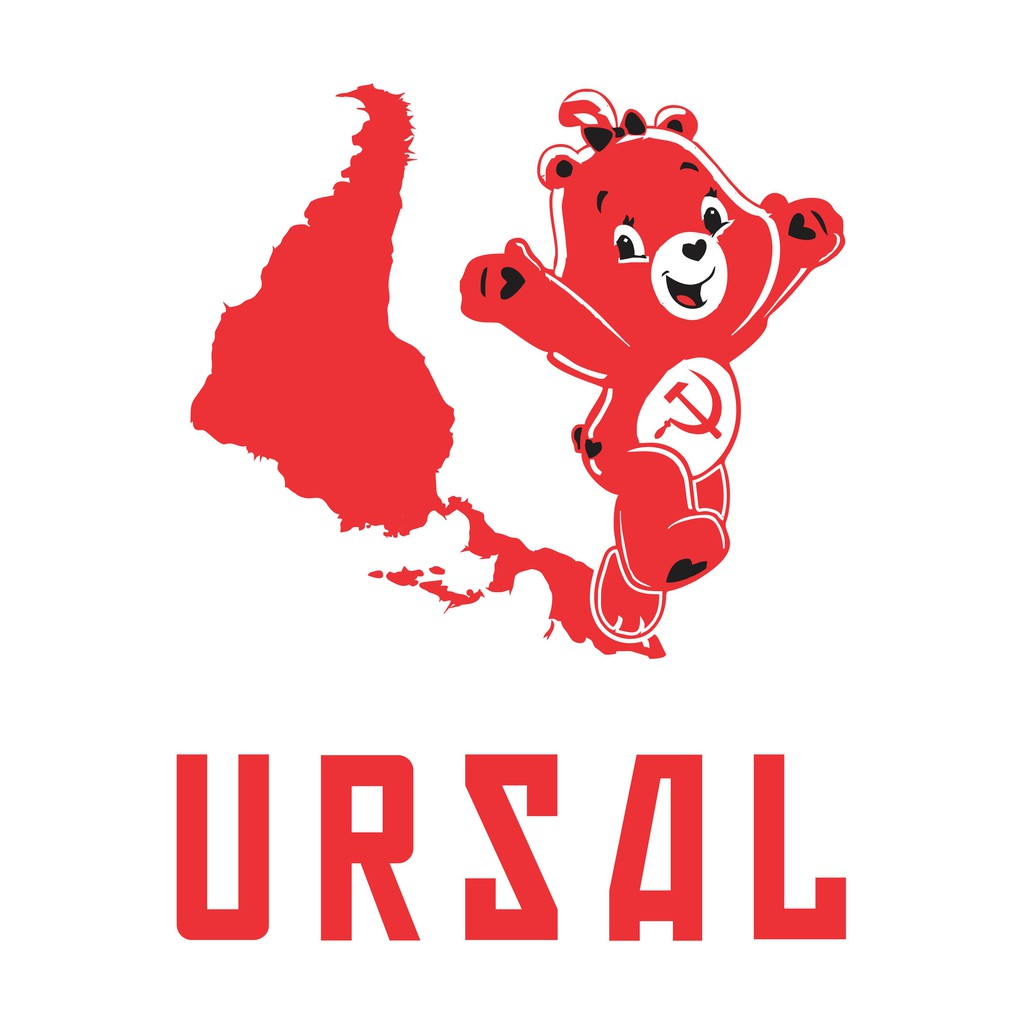
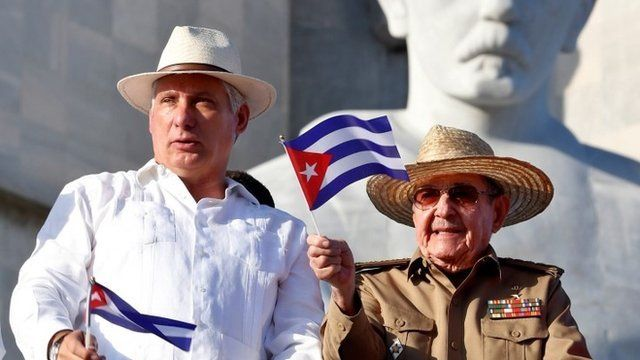
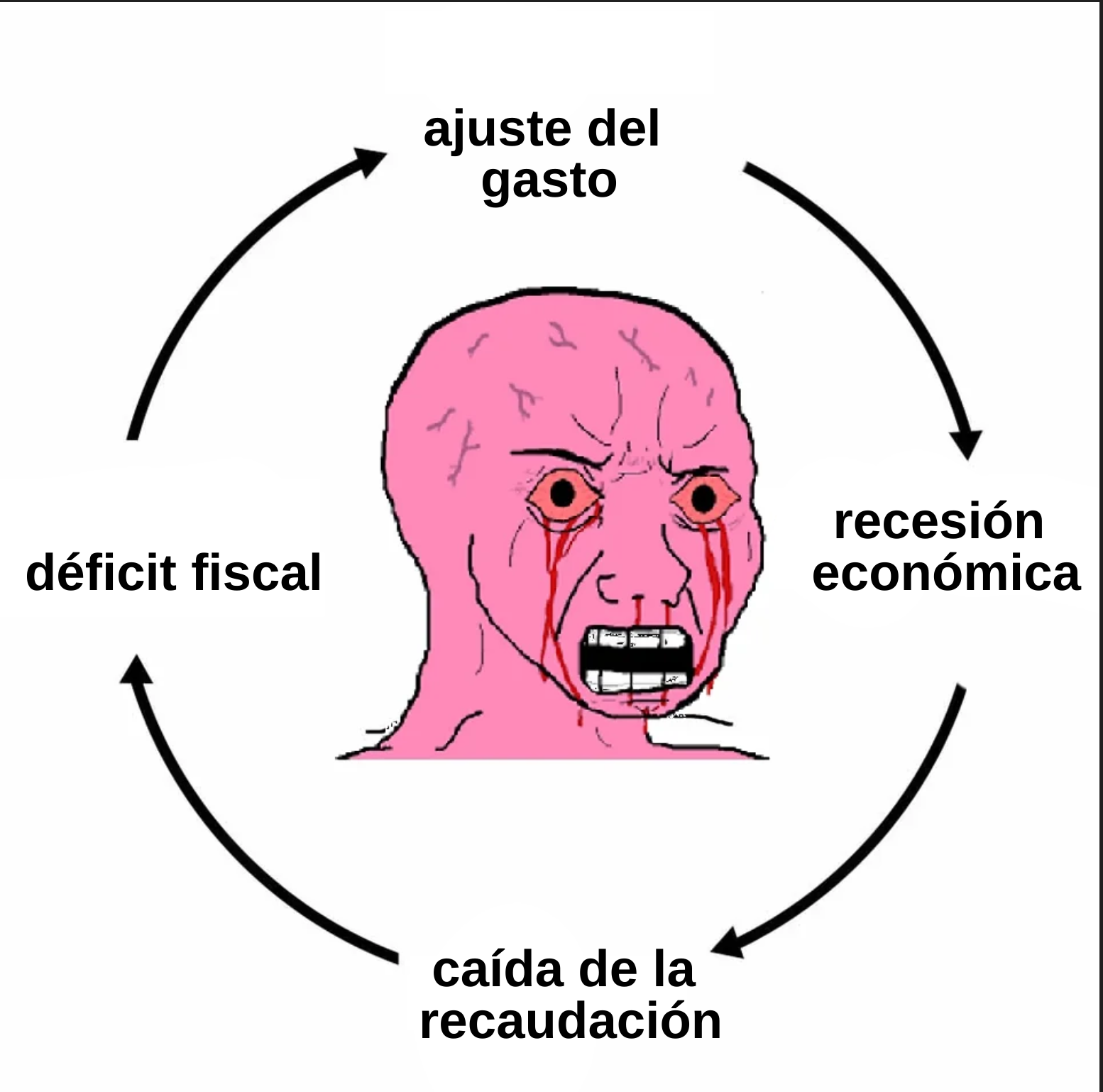
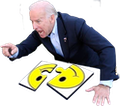 you are on periphery, bro, you can't print money
you are on periphery, bro, you can't print money